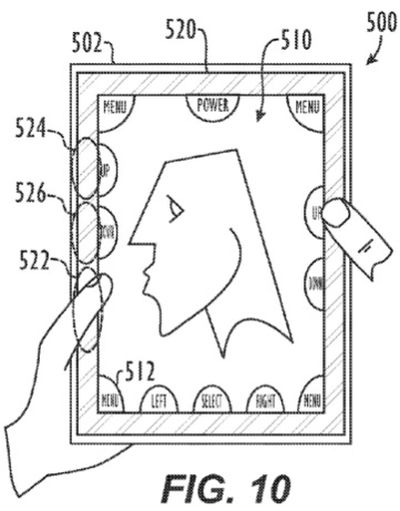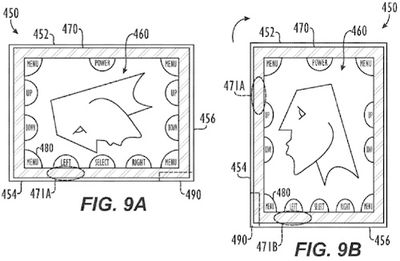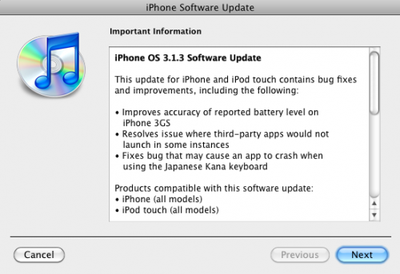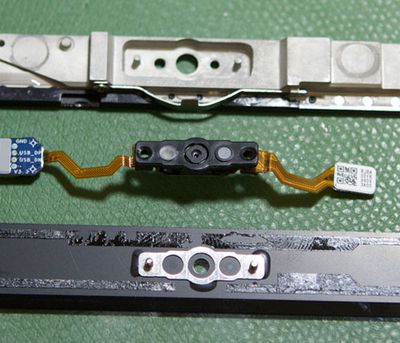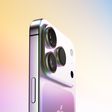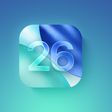Ars Technica reports on growing complaints from users of Apple's Nehalem ("Early 2009") Mac Pro models regarding heat and performance issues when performing audio processing tasks.
The problem manifests as what has been described as excessive increases in power use and processor core heat when playing songs in iTunes, watching videos via Quicktime, or even when keeping USB or FireWire-based audio interfaces plugged in and active. While hardware monitors only report a small percentage of processor use, it can still cause performance decreases of up to 20 percent for other tasks.
The complaints had originated in our own forums last October and have grown to well over 1,000 posts in a single thread serving as a centralized discussion on the topic.
According to reports, the symptoms are present when running under either Mac OS X 10.5 or 10.6, but absent when booted under Windows via Boot Camp. The glitch, which is reportedly highly reproducible, has been claimed to boost internal CPU temperatures by in excess of 30 degrees Celsius, while also dramatically increasing power consumption for what should be a relatively minor task.
Despite the thorough investigations by users into the situation, AppleCare representatives have been unwilling acknowledge that any issues exist, calling such temperature spikes normal and within design parameters for the machines. Users continue to be frustrated, however, by the performance hits their machines are experiencing and Apple's refusal to address the situation. Apple has yet to issue any statements regarding the issue.


